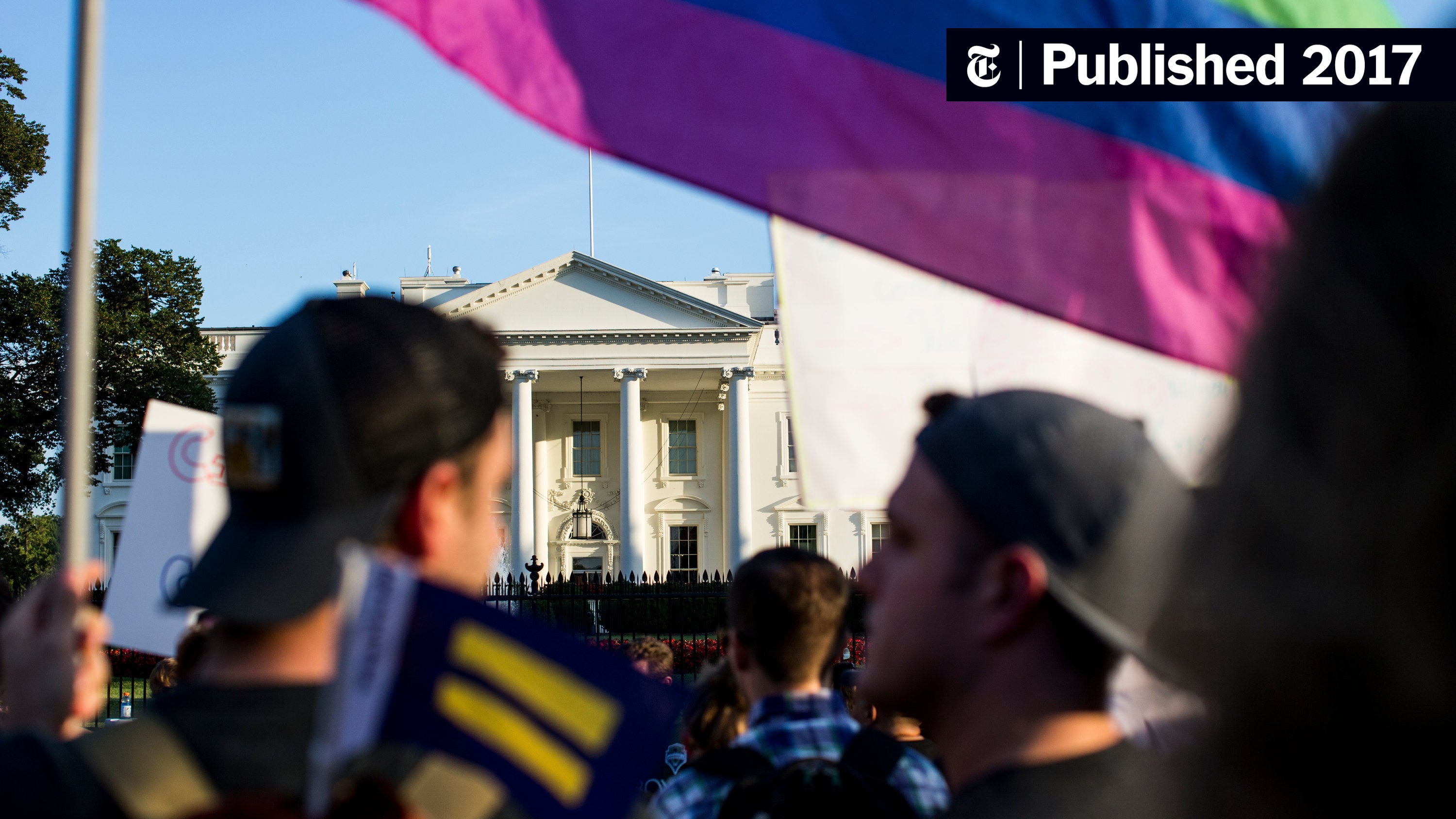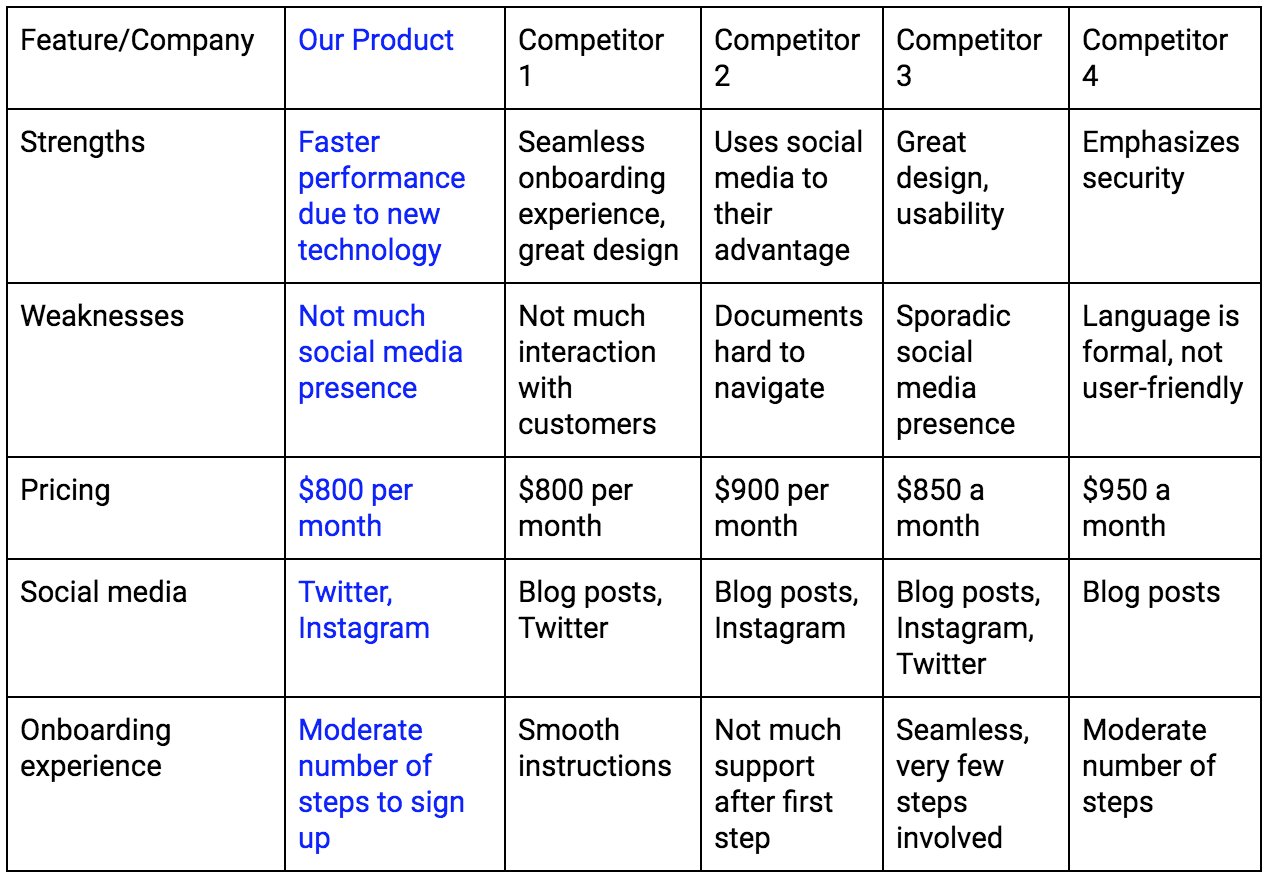A Critical Opinion On The Rhetoric Surrounding Trump's Transgender Military Ban

Table of Contents
The 2017 announcement of Trump's transgender military ban ignited a firestorm of controversy, sparking a debate that continues to resonate today. This divisive policy, impacting the lives of countless transgender service members and aspiring recruits, necessitates a critical examination of the rhetoric employed both to justify and oppose it. This article delves into the arguments surrounding Trump's transgender military ban, dissecting the justifications and counter-narratives to better understand the complexities of this highly charged issue.
<h2>The Justification Rhetoric: Analyzing the Arguments for the Ban</h2>
Proponents of Trump's transgender military ban advanced several arguments, often intertwined and mutually reinforcing. These arguments, however, frequently lacked empirical support and relied heavily on rhetoric rather than evidence-based reasoning.
<h3>National Security Concerns: Examining the Claims of Reduced Military Readiness and Combat Effectiveness</h3>
A central argument for the ban focused on concerns about national security and military readiness. Claims suggested that the presence of transgender individuals would somehow compromise the effectiveness of the armed forces.
- Lack of Empirical Evidence: No credible evidence supports the assertion that transgender individuals negatively impact military readiness. Studies consistently demonstrate that transgender individuals serve effectively and bravely.
- Focus on Anecdotal Evidence: Arguments in favor often relied on anecdotal evidence, highlighting isolated instances to create a misleading impression of widespread problems.
- Potential for Discrimination against Transgender Service Members: The focus on purported risks ignored the potential for discrimination and harassment against transgender service members, which could genuinely undermine morale and cohesion.
- Counterarguments Citing Successful Transgender Service Records: Numerous examples of successful transgender service members throughout history directly contradict the claims of reduced combat effectiveness.
<h3>Cost and Resource Allocation: Dissecting Arguments about the Financial Burden of Transgender Healthcare</h3>
Another justification centered on the perceived financial burden of providing healthcare to transgender service members. This argument frequently exaggerated costs and neglected broader budgetary considerations.
- Overestimation of Costs: Claims about exorbitant healthcare costs were often significantly inflated, neglecting the relatively small percentage of the overall military budget dedicated to transgender-related care.
- Comparison to Other Military Healthcare Expenses: The costs associated with transgender healthcare pale in comparison to other significant military healthcare expenditures, making the focus on this specific aspect disproportionate.
- Potential Savings from Increased Retention of Qualified Personnel: A more inclusive policy could lead to increased retention rates of highly qualified personnel, potentially saving money in the long run by reducing recruitment and training costs.
<h3>Religious and Moral Arguments: Analyzing the Role of Religious and Conservative Viewpoints in Shaping the Debate</h3>
Religious and conservative viewpoints significantly influenced the rhetoric surrounding the ban. However, these arguments often clashed with principles of human rights and the separation of church and state.
- Separation of Church and State: Using religious beliefs to justify discriminatory policies against a specific group of people violates the fundamental principle of separation of church and state.
- Discrimination based on Religious Beliefs: Arguments based on religious objections discriminate against transgender individuals and deny them equal opportunity.
- Human Rights Considerations: International human rights law protects individuals from discrimination based on gender identity.
- Conflicting Interpretations of Religious Texts: Even within religious traditions, interpretations regarding transgender individuals vary widely, undermining the use of religion as a basis for discriminatory policy.
<h2>The Counter-Narrative: Examining the Opposition's Arguments</h2>
The opposition to Trump's transgender military ban presented a strong counter-narrative, highlighting the policy's discriminatory and detrimental effects.
<h3>Human Rights Violations: Discussing the Arguments against the Ban as Discriminatory and Harmful</h3>
Opponents argued that the ban constituted a blatant violation of human rights and fundamental principles of equality.
- Violation of Equal Protection Clauses: The ban violated equal protection clauses, denying transgender individuals the same opportunities as cisgender service members.
- Potential for Psychological Harm to Transgender Service Members: The ban caused significant psychological harm to transgender service members, leading to increased rates of depression, anxiety, and suicide attempts.
- Impact on Morale and Recruitment: The policy negatively impacted the morale and recruitment efforts of the armed forces, making it harder to attract and retain top talent.
<h3>Military Readiness and Diversity: Highlighting the Arguments for Inclusivity and the Benefits of Diversity in the Military</h3>
Arguments against the ban emphasized the importance of inclusivity and the significant benefits of a diverse military.
- Increased Talent Pool: Banning transgender individuals limits the talent pool available to the military, excluding qualified and dedicated individuals.
- Improved Morale and Cohesion: A more inclusive environment fosters better morale and cohesion among service members, irrespective of gender identity.
- Successful Integration of Transgender Individuals in Other Countries' Militaries: Many other countries successfully integrate transgender individuals into their armed forces, demonstrating the feasibility and benefits of inclusive policies.
<h3>Legal Challenges and Judicial Review: Examining the Legal Battles Surrounding the Ban and Their Implications</h3>
The ban faced numerous legal challenges, highlighting the ongoing struggle for equal rights and highlighting the importance of judicial review.
- Supreme Court Rulings: Supreme Court rulings on related cases had significant implications for the legal standing of the ban.
- Lower Court Decisions: Lower court decisions provided a mixed bag of opinions, reflecting the complexity of legal arguments.
- Ongoing Legal Challenges: The legal battles surrounding the ban remain ongoing, illustrating the importance of continuous advocacy for LGBTQ+ rights.
- Impact on Policy Implementation: The legal challenges hampered the implementation of the ban, often delaying or preventing enforcement.
<h2>The Role of Media and Public Discourse</h2>
The media played a significant role in shaping public perception of Trump's transgender military ban, and public discourse was heavily influenced by political polarization.
<h3>Framing of the Debate: Analyzing How the Media Presented the Ban and Its Consequences</h3>
The media’s framing of the debate significantly impacted public opinion.
- Use of Biased Language: The use of biased language and loaded terms often skewed the narrative, influencing public perception.
- Selective Presentation of Facts: The selective presentation of facts and the omission of critical information further distorted the debate.
- Influence on Public Opinion: The way the media framed the debate significantly influenced public opinion and political action.
- Impact of Social Media: Social media platforms amplified both supporting and opposing voices, contributing to a highly polarized debate.
<h3>Political Polarization and the Ban: Exploring the Role of Political Ideology in Shaping Public Opinion</h3>
The debate surrounding the ban was deeply intertwined with political ideology and partisan divides.
- Partisan Divides: The ban became highly partisan, with strong opinions on both sides of the political spectrum.
- Influence of Political Leaders: The positions taken by political leaders further solidified the partisan divide.
- Impact on Electoral Politics: The ban became a significant issue in electoral politics, impacting voting decisions and campaign strategies.
- Effects on Policy Implementation: Political polarization significantly influenced the implementation and eventual overturning of the policy.
<h2>Conclusion: A Critical Reassessment of Trump's Transgender Military Ban</h2>
Trump's transgender military ban remains a highly controversial issue, with strong arguments presented on both sides. The justifications offered often lacked empirical evidence, while counterarguments highlighted the ban's discriminatory and harmful effects. The media's role in framing the debate and the influence of political polarization further complicated the issue. Ultimately, the ban's legacy underscores the need for policies that promote inclusivity and uphold the human rights of transgender individuals within the military.
To learn more about transgender rights and military policy, please visit [insert link to relevant resources here]. Let's continue the conversation and advocate for a more equitable and inclusive future for all service members. We must actively challenge the rhetoric surrounding Trump's transgender military ban and strive for policies that reflect the values of equality and fairness.

Featured Posts
-
 Strictly Come Dancing Wynne Evans Addresses Speculation About His Return
May 10, 2025
Strictly Come Dancing Wynne Evans Addresses Speculation About His Return
May 10, 2025 -
 Nyt Strands Today April 4 2025 Clues And Solutions
May 10, 2025
Nyt Strands Today April 4 2025 Clues And Solutions
May 10, 2025 -
 New Business Hotspots A Map Of The Countrys Fastest Growing Areas
May 10, 2025
New Business Hotspots A Map Of The Countrys Fastest Growing Areas
May 10, 2025 -
 The New Android Design A Competitive Analysis In The Gen Z Market
May 10, 2025
The New Android Design A Competitive Analysis In The Gen Z Market
May 10, 2025 -
 Transgender Equality In Thailand The Bangkok Post Reports On Increasing Advocacy
May 10, 2025
Transgender Equality In Thailand The Bangkok Post Reports On Increasing Advocacy
May 10, 2025
